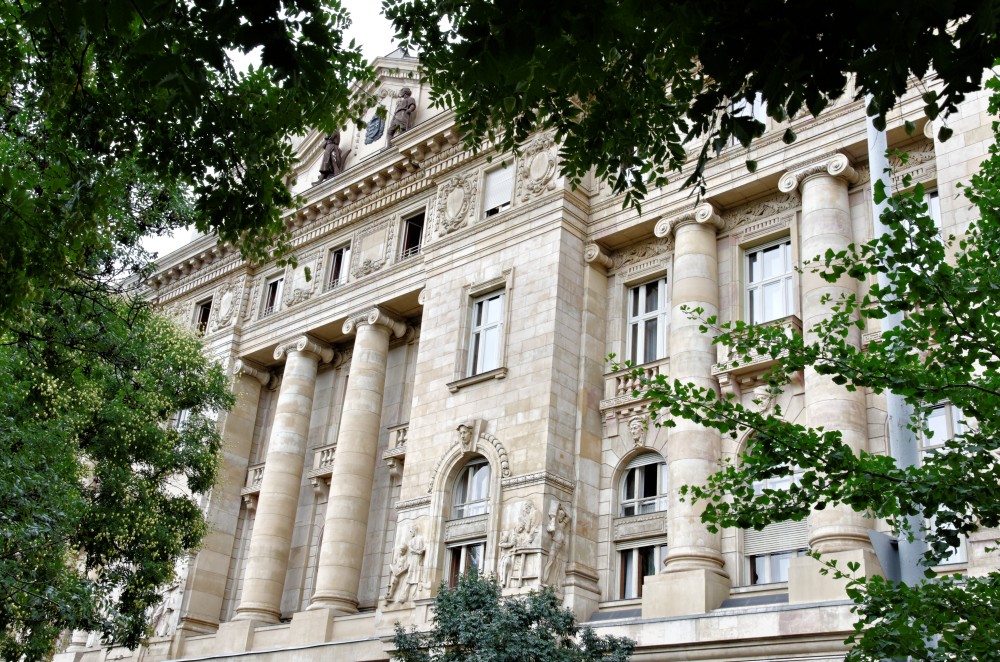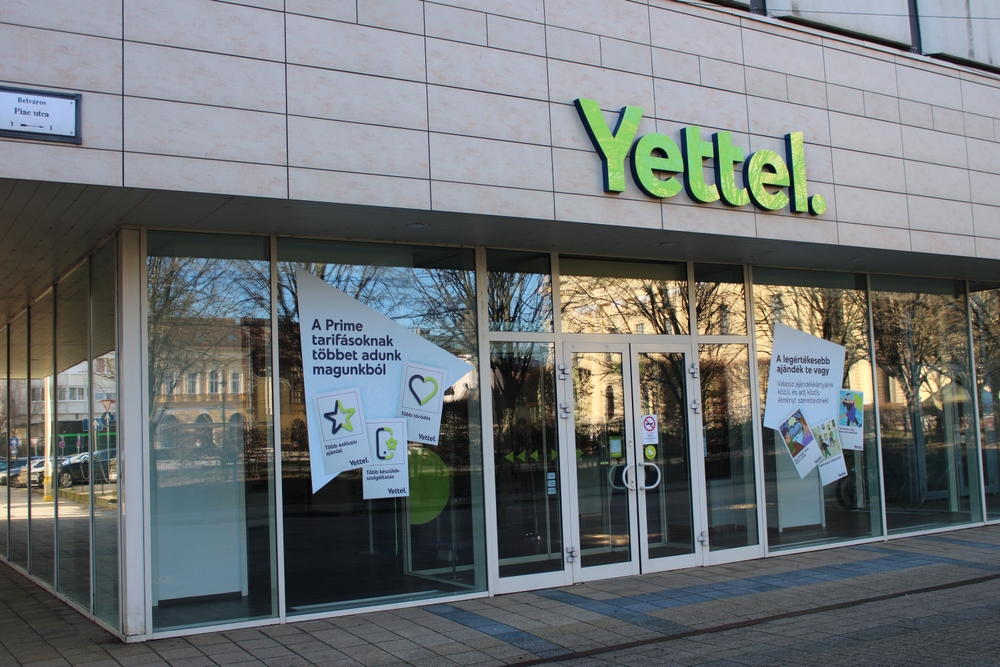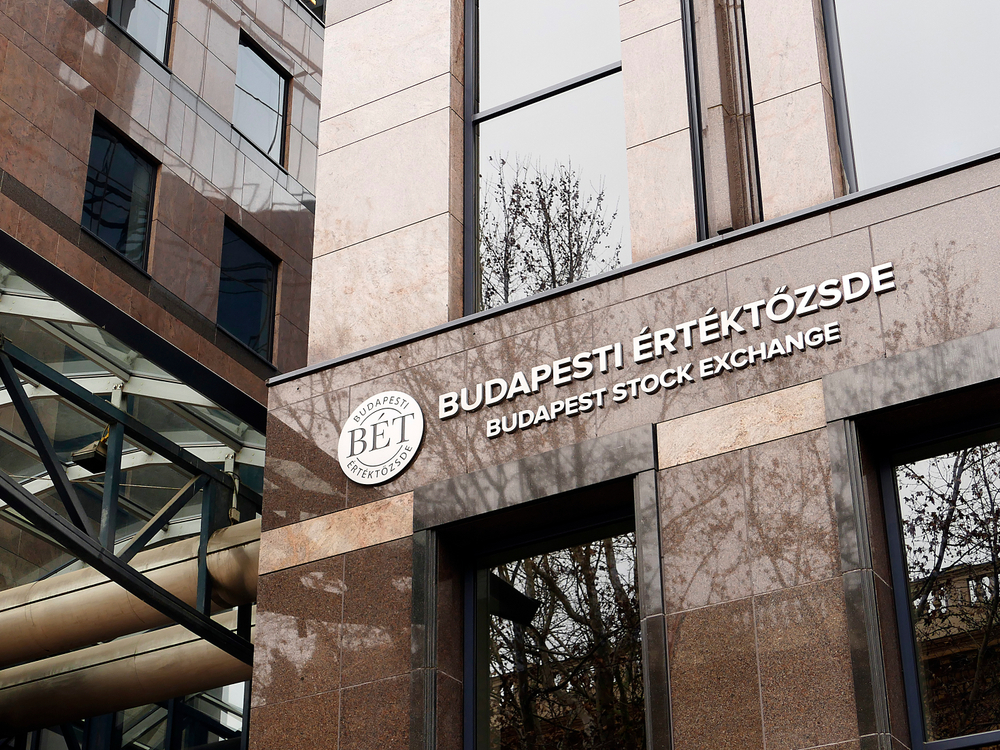MNB puts all 2017 earnings into profit reserves

The National Bank of Hungary (MNB) generated HUF 38.3 billion profit in 2017, and, under the decision of its board, the full amount of the profit will be placed into profit reserves, the central bank said on its website on Wednesday.
The central bankʼs profit reserves will rise as a result, to over HUF 200 bln, a new historic high, the MNB was cited as saying by state news agency MTI.
The bankʼs profit reserves, steadily rising since 2013, provide a buffer for eventual risks and ensure there is no need for the central budget to offset an eventual loss of the MNB even in the longer term, the bank said.
This is the second year in a row that the MNB has plowed back all profit into reserves. It last paid a dividend to the central budget - HUF 50 bln from the 2015 profit of HUF 95 bln - in 2016.
Profit dropped by HUF 16 bln, or 29%, from HUF 54.3 bln in 2016, shows the annual report of the central bank, published on its website and submitted to Parliament.
The single big profit item generating more profits was net forint interest revenue, where the bank had a HUF 11.8 bln profit, following a HUF 28.4 bln loss in 2016 and after losses for almost a decade.
At the same time, the HUF 12.8 bln profit from net FX interest revenue in 2016 turned into a HUF 1.1 bln loss as the MNBʼs international reserves dropped and the profit realized on financial operations and on exchange rate changes fell.
Most of the turnaround in net forint interest revenue came from the narrowing of the MNBʼs balance sheet due to its "self-financing program" announced in 2014, attracting banksʼ excess liquidity out of the MNB and into forint-denominated government securities, as well as the expiry of swaps allocated by the MNB to banks at the time of the conversion of FX retail loans into forint loans.
Forint interest expenses dropped as the stock of deposits and other interest-bearing liabilities continued to shrink sharply after the MNB limited the volume of its three-month deposits in late 2016 and started to use non-conventional monetary policy tools. Meanwhile, the base rate stayed at a historic low and low money market rates and lax monetary conditions prevailed.
Operating costs of the central bank rose 6% to HUF 37.5 bln last year, still 7.2% less than planned. Personnel costs rose 5.7% to HUF 22.3 bln as the average number of employees rose 6.4% to 1,411, mainly due to the filling of vacant positions.
Investment spending totaled HUF 4.9 bln, including HUF 543 million spent on works of art under the MNBʼs art treasures program.
SUPPORT THE BUDAPEST BUSINESS JOURNAL
Producing journalism that is worthy of the name is a costly business. For 27 years, the publishers, editors and reporters of the Budapest Business Journal have striven to bring you business news that works, information that you can trust, that is factual, accurate and presented without fear or favor.
Newspaper organizations across the globe have struggled to find a business model that allows them to continue to excel, without compromising their ability to perform. Most recently, some have experimented with the idea of involving their most important stakeholders, their readers.
We would like to offer that same opportunity to our readers. We would like to invite you to help us deliver the quality business journalism you require. Hit our Support the BBJ button and you can choose the how much and how often you send us your contributions.









